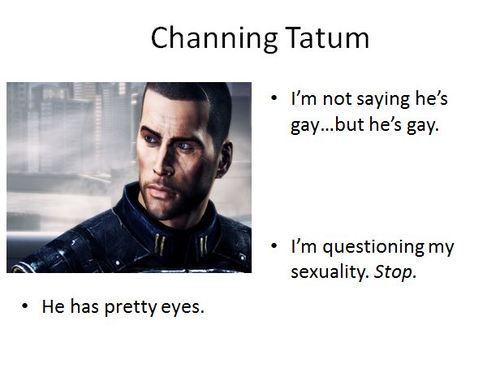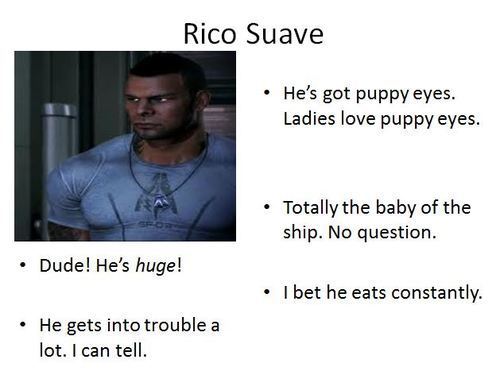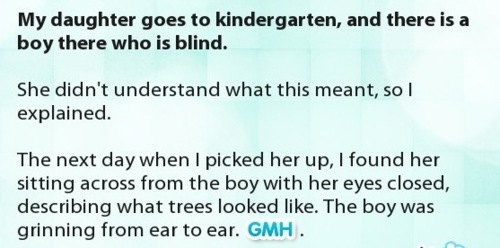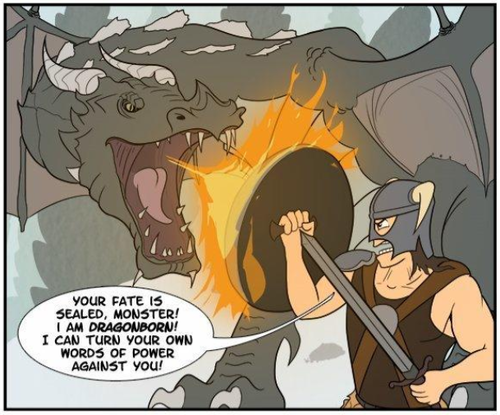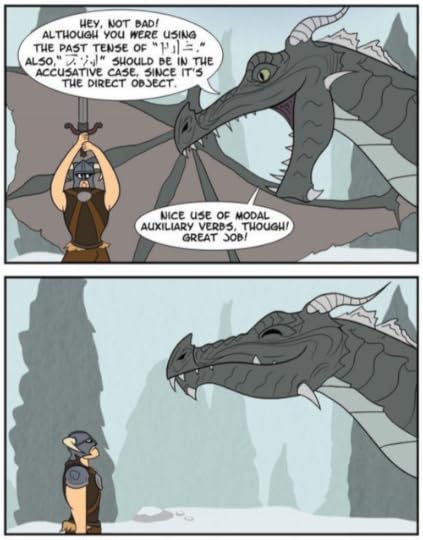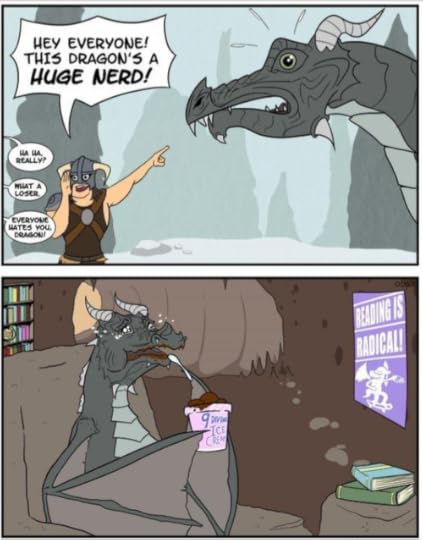T. Strange's Blog, page 94
September 25, 2013
paleopedia:
The “freshwater fish”, Tiktaalik...
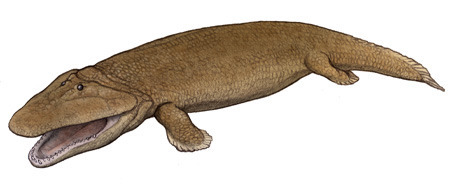
The “freshwater fish”, Tiktaalik (2006)
Phylum : Chordata
Class : Sarcopterygii
Order : Elpistostegalia
Suborder : Stegocephalia
Genus : Tiktaalik
Species : T. roseae
Late Devonian (375 Ma)
2,5 m long
Northern hemisphere
Tiktaalik provides insights on the features of the extinct closest relatives of the tetrapods. Unlike many previous, more fishlike transitional fossils, the “fins” of Tiktaalik have basic wrist bones and simple rays reminiscent of fingers. The homology of distal elements is uncertain; there have been suggestions that they are homologous to digits, although this is incompatible with the digital arch developmental model because digits are supposed to be postaxial structures, and only three of the (reconstructed) eight rays of Tiktaalik are post-axial. However, the proximal series can be directly compared to the ulnare and intermedium of tetrapods. The fin was clearly weight bearing, being attached to a massive shoulder with expanded scapular and coracoid elements and attached to the body armor, large muscular scars on the ventral surface of the humerus, and highly mobile distal joints. The bones of the fore fins show large muscle facets, suggesting that the fin was both muscular and had the ability to flex like a wrist joint. These wrist-like features would have helped anchor the creature to the bottom in fast moving current.Tiktaalik generally had the characteristics of a lobe-finned fish, but with front fins featuring arm-like skeletal structures more akin to a crocodile, including a shoulder, elbow, and wrist. The fossil discovered in 2004 did not include the rear fins and tail. It had rows of sharp teeth of a predator fish, and its neck could move independently of its body, which is not possible in other fish. The animal had a flat skull resembling a crocodile’s; eyes on top of its head, suggesting that it spent a lot of time looking up; a neck and ribs similar to those of tetrapods, with the ribs being used to support its body and aid in breathing via lungs; well developed jaws suitable for catching prey; and a small gill slit called a spiracle that, in more derived animals, became an ear.
Tiktaalik roseae is the only species classified under the genus. Tiktaalik lived approximately 375 million years ago. Paleontologists suggest that it is representative of the transition between non-tetrapod vertebrates (fish) such as Panderichthys, known from fossils 380 million years old, and early tetrapods such as Acanthostega and Ichthyostega, known from fossils about 365 million years old. Its mixture of primitive fish and derived tetrapod characteristics led one of its discoverers, Neil Shubin, to characterize Tiktaalik as a “fishapod”.
lookatthisfuckinradfem:
doctorofdragons:
lookatthisfuckinradfe...
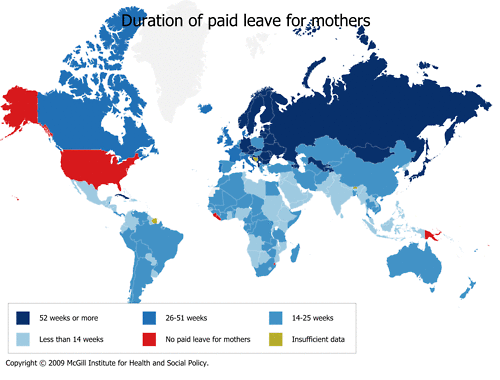
Well, you know…shit.
Where are all the pro-lifers protesting this? I mean, it would be a lot easier for people to go through pregnancy and childbirth if they were assured they wouldn’t lose their job and also have a means of support for themselves and their babies.
Oh wait, you guys actually don’t care about babies and the people who have them. You just want to punish people for having sex you don’t approve of.
A perfect example of why cynicism is so often the correct perspective.
odditiesoflife:
Oldest Globe with New World Discovered on...

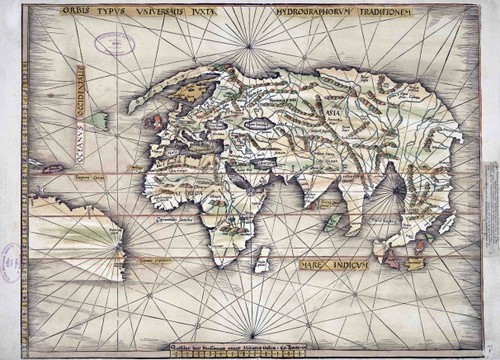
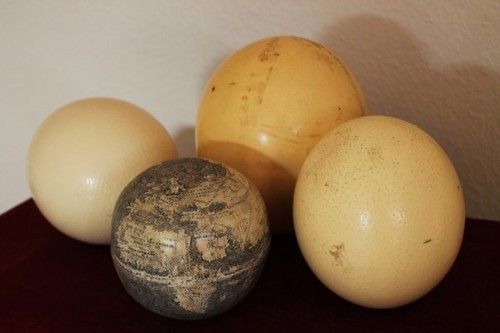
Oldest Globe with New World Discovered on Ostrich Egg
A globe engraved on an ostrich egg, dated from 1504, has emerged as most likely the oldest known globe to include the New World. A photo released from the Wisconsin Historical Museum shows a 1513 map of the world (picture 2), considered one of the earliest printed maps to show the New World is dated 9 years later than the “ostrich egg globe.”.
The “egg globe” shows a scattering of islands in North America’s position, 12 years after Columbus’s first voyage, the area was still largely unknown. Europe, North Africa and the Middle East are meticulously engraved on the egg globe.
On the globe’s depiction of the Western Hemisphere, the large land mass is South America, better known at the time from the voyages of the earliest European explorers than North America. On the globe, the New World bears three labels: “TERRA DE BRAZIL,” “MVNDVS NOVVS” and “TERRA SANCTAE CRVCIS.”
The globe, when pictured other ostrich eggs, is about the size of a grapefruit. The globe is actually the connected bottom halves of two eggs, which explains why the “globe” egg in not oval-shaped like the other ostrich eggs.
Stefaan Missinne, a collector who wrote an analysis of the “ostrich egg globe” for the Washington Map Society, speculates that the globe may have connections to Leonardo da Vinci’s workshop. But the maker remains unknown.
poppyspine:
releasethemurderbirds:
Today at work a four year old Japanese girl walked up to me,...
Today at work a four year old Japanese girl walked up to me, stroked my skirt, and softly whispered “kawaii.”
I feel like my life is complete.
you are the most blessed person i have ever spoken to.
losers-in-lockers:
I showed my Dad some of my favorite...
September 24, 2013
calibornsbottombitch:
autumn smells great because everything is dying
One time in high school a teacher called me a 'she'
so I said, "I’m actually a boy, Miss."
Then one of my classmates slams his hands on the desks and shouts, "YOU’RE NO BOY!"
I turned around to him.
he said, “YOU’RE A MAN.”
I turned back around sheepishly smiling while all my male classmates cheered and shouted, my teacher simply smiled, apologized, and the lesson continued.
I’m thankful for that moment in my life, it gives me hope for the future.
That more trans people will be supported, and visible.
swan2swan:
THIS IS MY NEW FAVORITE THING.
Things That Aren’t Fair #366:
My wife has never had a sunburn or a hangover. Not that I want...
Things That Aren’t Fair #366:
My wife has never had a sunburn or a hangover. Not that I want her to have either of those things!


